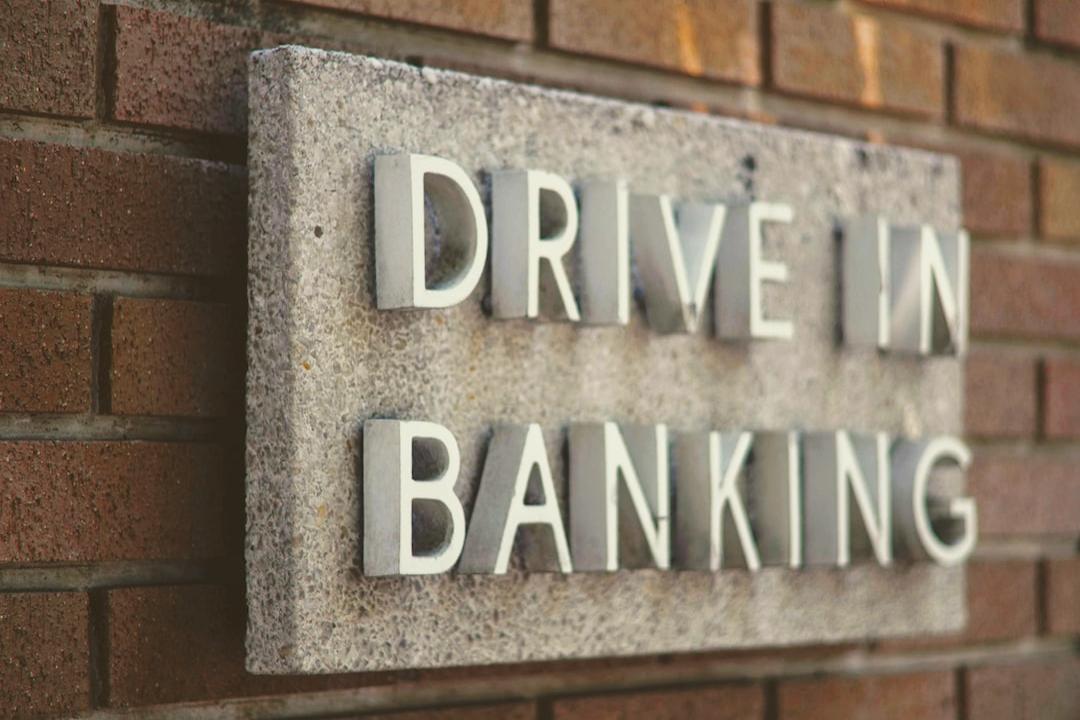EigenLayer is a new concept of trust introduced in the world of encryption anarchism. Through the exploration of DA Layer and EigenDA, this article demonstrates the future possibilities of trust in the encrypted economy. The article is sourced from the author DoganEth and compiled, organized, and written by BlockBeats.
Digital Era Trust: Blockchain and Game Theory
Programmable Encryption Economic Trust: EigenLayer
What is EigenLayer?
EigenDA
Crypto researcher DoganEth conducts an in-depth analysis of EigenLayer starting from trust and encryption anarchism. He points out that innovative technologies such as Bitcoin, Ethereum, and EigenLayer play a crucial role in building decentralized trust systems, while also emphasizing the challenges and trade-offs involved.
DoganEth showcases the future possibilities of trust in the encrypted economy through the exploration of DA Layer and EigenDA. The original article is translated by BlockBeats as follows:

ChatGPT’s Answer to “What is Trust”
Since the beginning of human history, trust has always been a core concept in the construction of social foundations and human relationships. Trust is first necessary for survival, then for hunting and gathering activities, and finally for social structures. Today, trust has become a major element of modern society, primarily provided by the government, especially in the economic and legal fields.

Dall-E – Evolution of Trust
From the earliest days of trade, trust has always been at the core of business. People initially trusted that the other party in barter trade was not selling counterfeit goods and that the value of the goods was equal to their own. Later, they trusted gold and believed that the supply of gold could not be increased arbitrarily to serve as the primary currency. Today, we trust the currency issued by the government. The government gives us a piece of paper (or some increasing digital values on our mobile applications), and we assign value to them and use them in our daily payment systems.

Currency – Evolution of Dall-E
Digital Era Trust: Blockchain and Game Theory
It is an undeniable fact that for centuries, the government has been the main authority providing trust. “Anarchists,” who reject this authority and deny the existence of the government, have been attempting to create alternative concepts of trust. In the digital era, as our privacy decreases and the authority’s power increases, it has activated a series of activists, leading to the birth of “cryptographic anarchism.”

Declaration of Cryptographic Anarchism
Cryptographic anarchists believe that people can now communicate through systems based on mathematics and computers without revealing their identities, which could completely change the social structures we know. Cryptographic anarchists propose certain ideas to ensure that society, rather than central participants, benefits from this ever-changing social structure.
Cryptographic anarchists have been researching systems that do not require human trust for many years, but it was not until Bitcoin that they achieved success. A talented engineer named Satoshi, whose name, identity, location, and even gender are unknown, developed the concepts of Bitcoin and blockchain, presenting them to the digital era. Since then, our concept of trust has never been the same.

Banks and Bitcoin – Dall-E
Bitcoin has established an infrastructure that takes trust away from central institutions or organizations and hands it over to mathematics and game theory. In short, the working principle of this infrastructure is as follows: Alice wants to send BTC (Bitcoin’s native currency) to Bob. She sends a transaction over the network, which includes a BTC commission.

In this network, if miners see this transaction and “act honestly,” they will receive BTC transfer fees and additional BTC rewards. They include the transaction in a block and broadcast it to other participants in the network. If everyone agrees, our miners will receive the reward and continue to strive to find new blocks.

The key here is not how Bitcoin works, but how its trust mechanism works. Miners solve difficult mathematical problems on their computers, and the person who solves the problem first finds a block. If miners include invalid transactions or engage in “malicious” behavior in the block, the rest of the network will see it, and dishonest miners will not receive the block reward. Bitcoin’s trust is based on game theory, where miners act honestly to receive this block reward.
While Bitcoin paved the way for decentralized trust and payment systems, it has one problem: it can only be used for payment systems and its programmability is limited.

For Ethereum, it’s a different game. Participants in the verification network receive a certain amount of Ether in advance, and if they act honestly, they receive Ether rewards. Unlike Bitcoin, malicious behavior (note: the types of malicious behavior are very different, and I chose this translation as the most appropriate translation for “malicious behavior” in Turkish. I apologize for any confusion.) not only results in the inability to receive rewards but also leads to burning Ether. Ethereum is locked by the validators.

The trust mechanisms of Bitcoin and Ethereum have given birth to a new concept of trust in the digital era: “cryptographic economic trust.”
Programmable Encryption Economic Trust: EigenLayer
Systems like Ethereum, a PoS (Proof of Stake) system, essentially provide the following trust: validators stake a certain amount of assets and receive rewards as long as they act honestly. If they act dishonestly, their assets are burned as punishment.
The biggest problem with these systems is that every application that requires cryptographic economic trust must build its security from scratch. This leads to some problems:
– Fragmentation of economic security occurs because each application establishes its own economic security.
– Not every application can issue tokens, and poorly designed or useless tokens make it impossible to build a game theory network.

EigenLayer provides an infrastructure that allows partial lease of Ethereum’s cryptographic economic security by re-staking tokens. (I will explain why this is partial in the next section.) With this infrastructure, developers can build their applications by leasing security from Ethereum without issuing new tokens. This can be used to securely store data in any database, decentralized ordering, bridge projects, or develop new chains.
What is EigenLayer?
EigenLayer is simply a series of smart contracts existing on Ethereum. These smart contracts support token deposits, withdrawals, and slashing. It is important to emphasize here that everything is done entirely outside the chain by participants called operators.

Therefore, when you re-stake tokens in EigenLayer, you trust that your delegating operator will act honestly because the misconduct of your operator would result in the burning of your Ether. This is actually a problem with most dPoS (Delegated Proof of Stake) systems, but it introduces additional risks that do not exist in the Ethereum main protocol. The same goes for LST.
Blockchain is not just about cryptographic economic security; you can’t rent it with money: autonomous communities. In Ethereum and Bitcoin, what truly provides security is not just cryptographic economic security, but the dominance of off-chain communities over the chain. Even if the majority of validators or miners behave dishonestly, or if there are issues with the software of the chain, the community can fork the chain and invalidate previous transactions. EigenLayer cannot rent and take over from Ethereum the security provided by off-chain communities.
Vitalik mentioned this in his article “Don’t Overload Ethereum Consensus.” He suggests that your double staking and re-staking applications should not rely on Ethereum for slashing, and should not add additional complexity to Ethereum’s simplified consensus.

It is important to be aware of the trade-off of security (inability to rent off-chain communities) and the security that can be rented, which is cryptographic economic security. Additionally, EigenLayer opens a revolutionary door for Ethereum. Many applications have already started developing on EigenLayer.

EigenDA
I won’t go into explaining Rollups and blockchains from scratch here, but I will discuss data availability layers, their market strategies, “which one is better,” and their differences.
Blockchains are more powerful than you think. Even if all participants in the verifying chain approve invalid transactions, your own full node can recognize that the transaction is invalid and confirm the correctness of the content on the chain “without trust.”

My Node vs. Malicious Actors
Although full nodes are very powerful, setting up a full node from scratch is very cumbersome and expensive for end users. Hence, we have light clients. However, they rely on the assumption that the majority of full nodes are honest, so unfortunately, there is a trust-based situation.
DAS (Data Availability Sampling) is a method that allows users to confirm data availability and validity on the chain without downloading all blockchain data. Celestia is currently trying to achieve this through fraud proofs, while Avail achieves this through zero-knowledge proofs. They are trying to use DAS and powerful light clients to generate larger blocks and increase the data capacity of blocks.
This is particularly evident in Sovereign Rollups on Celestia. Users can participate in the blockchain by executing rollups and Celestia’s light clients without trusting anyone. Sounds great, doesn’t it? But how many Sovereign Rollups are currently running on Celestia?

So, what is Celestia currently used for? Celestia’s main purpose is to provide cheap data availability for aggregations on Ethereum. Although this sounds good, there is a big drawback: Ethereum L2s using Celestia cannot directly benefit from Celestia DAS. The main reason is that the verification of DAS on Ethereum is not possible. The bridge that proves Celestia to Ethereum only checks if 66% of Celestia validators have signed the transaction, so any Ethereum Rollup cannot benefit from Celestia’s innovative technology.

The same issue applies to Avail, but I know they have plans to address this issue, which I won’t discuss here as they haven’t publicly shared it.
EigenDA: EigenDA is an application that utilizes EigenLayer and provides data availability (DA) services to aggregations on Ethereum. Yes, I call EigenDA an application because it is not a blockchain but an efficient database. This database provides services by offering data availability oracles to aggregations and all applications that require Ethereum data availability. Since it is not a blockchain, concepts such as light clients do not apply to EigenDA. I won’t delve into technical details, but it offers higher efficiency and cost-effectiveness compared to its competitors. As mentioned before, EigenLayer only provides cryptographic economic security to applications. In this aspect, EigenDA seems comparable to Celestia and Avail in terms of cryptographic economic security. However, EigenDA may offer higher security through re-staking, but there is an important subtle difference to consider:
– In Sovereign Rollups and light clients running on Celestia, users can punish (potential) misconduct of Celestia validators, while in EigenDA, this punishment is entirely dependent on the operators. Therefore, punishing misconduct is easier in Celestia, and I haven’t seen this improvement in EigenDA.
Each of these projects has significant advantages, and I am striving to understand and further develop the innovations they bring.
EigenLayer: A new concept of trust introduced in the world of cryptographic anarchism. I believe the importance of EigenLayer in advancing trust in the encrypted economy will become increasingly evident in the future.
Related Reports
IOSG Ventures: Analyzing EigenLayer’s Recollateralization Model and Yield
Google Cloud Joins Ethereum’s Recollateralization Protocol “EigenLayer” Testnet, Participating in Goerli Node Operation
Comprehensive Report: Understanding Recollateralization Leader EigenLayer in All Aspects


